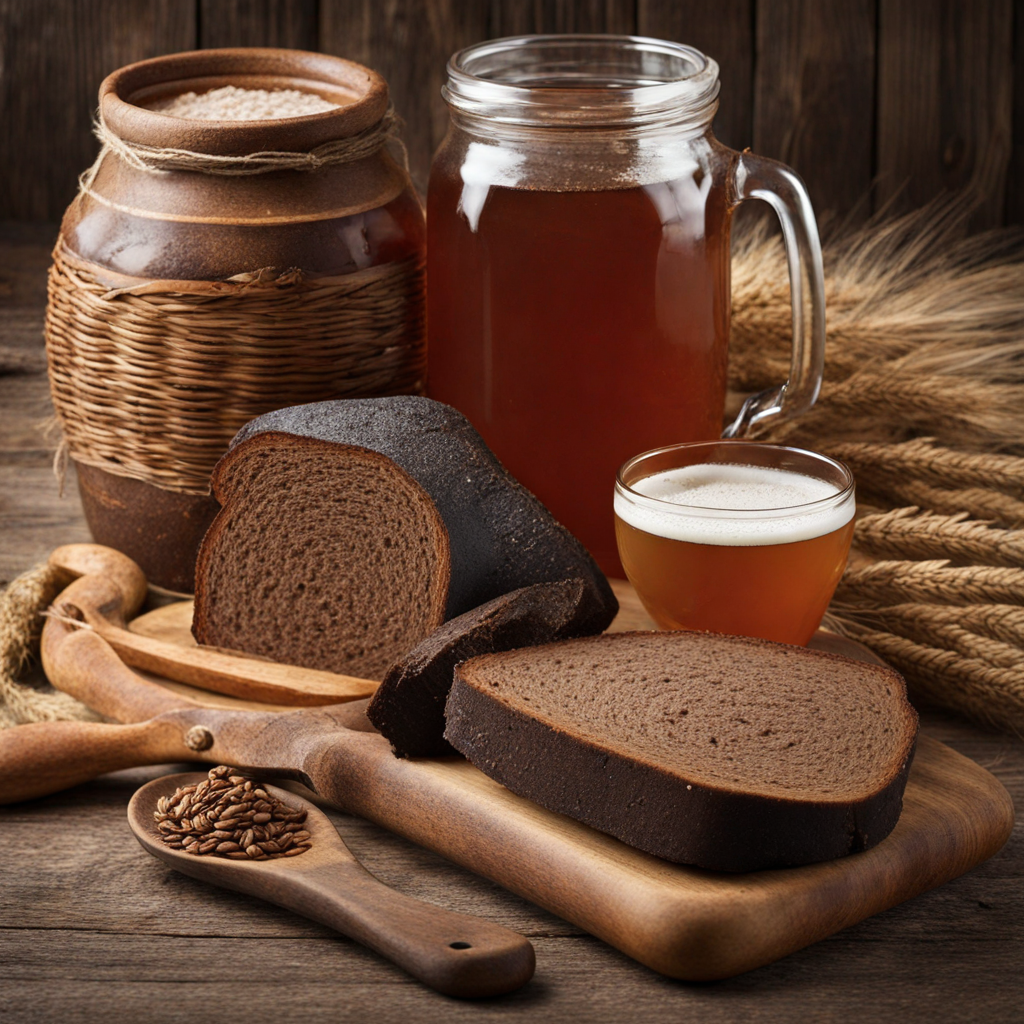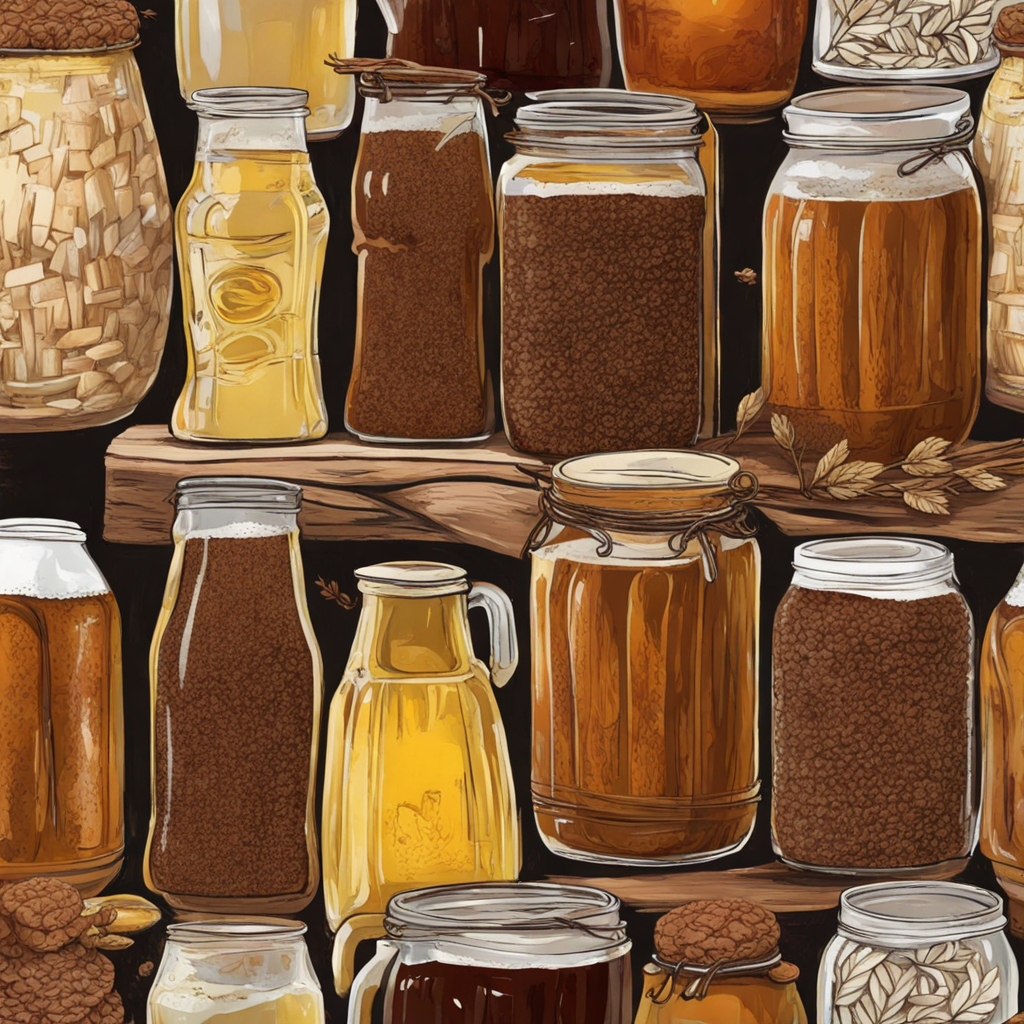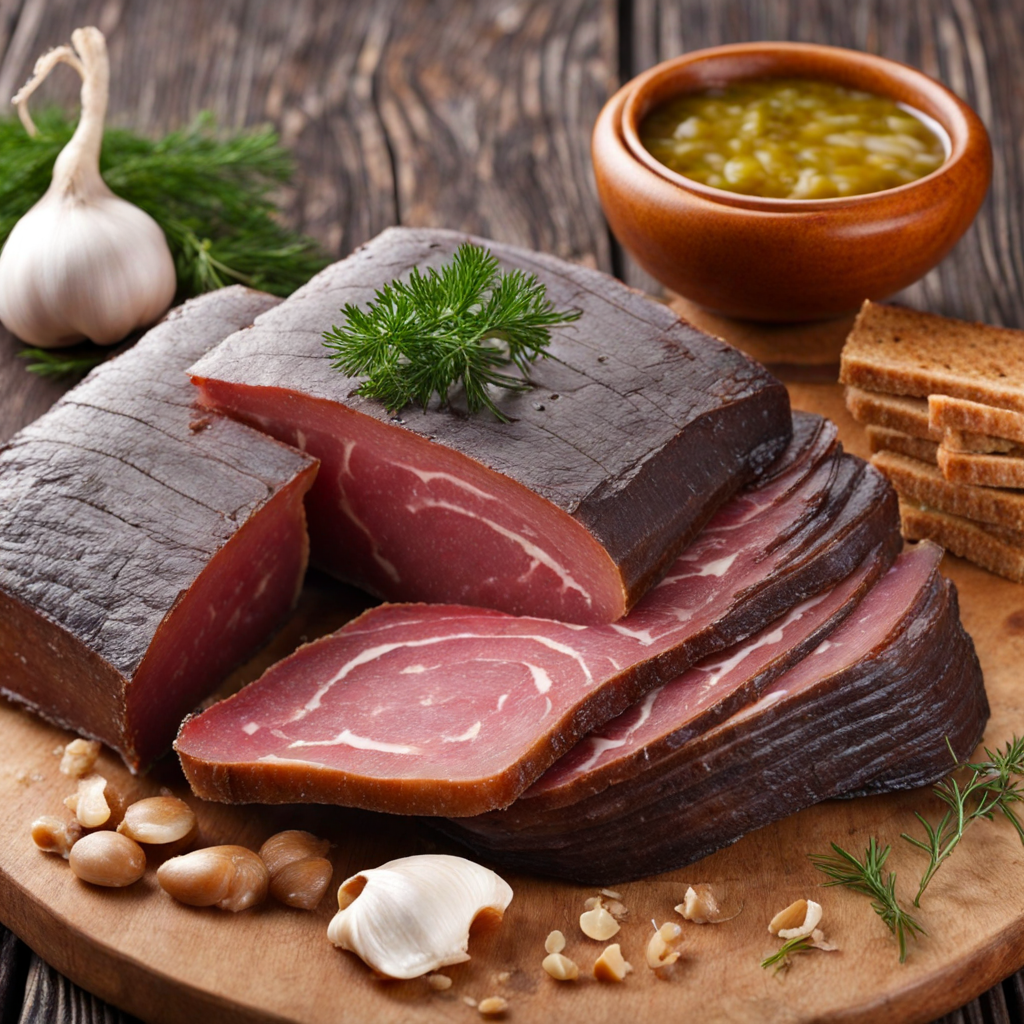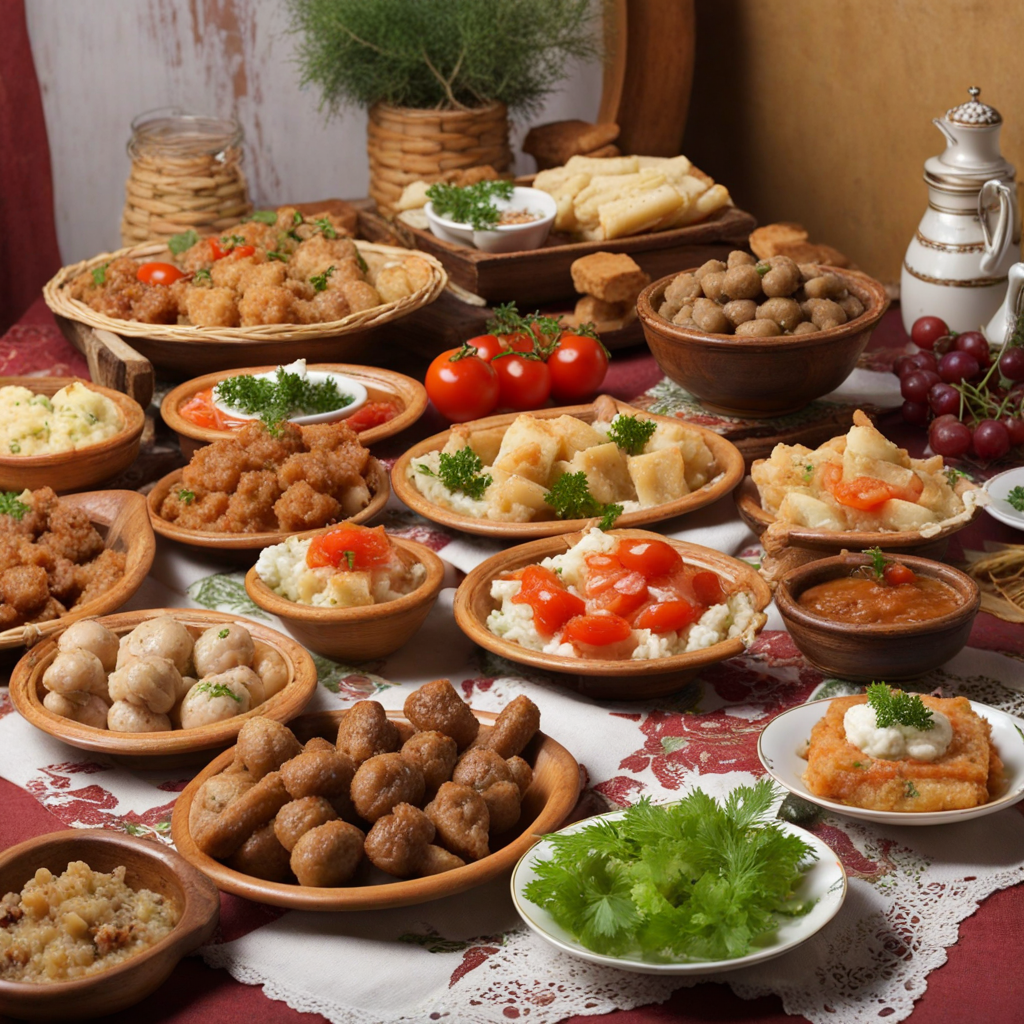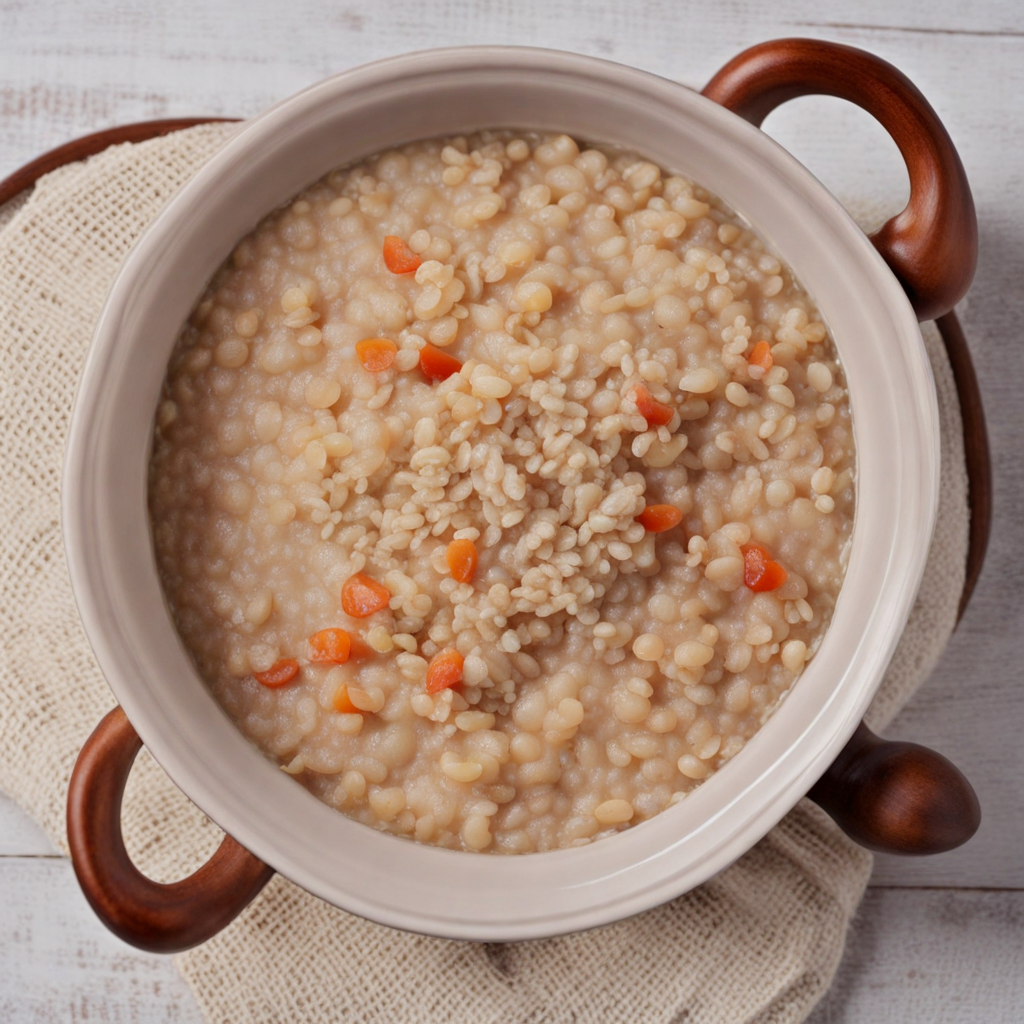Kvass
Kvass is a traditional Ukrainian beverage that holds a special place in the hearts of its people. Often described as a fermented drink, it is typically made from rye bread, which lends it a unique depth of flavor. The method of preparation involves soaking the bread in water, allowing it to ferment with the help of naturally occurring yeasts and bacteria. The result is a slightly effervescent drink that can range from mildly sweet to tangy, depending on the fermentation process and additional ingredients used, such as fruits or herbs. Its light, refreshing quality makes it an excellent accompaniment to a variety of meals. In terms of taste, kvass offers a complex profile that can surprise first-time drinkers. The initial sip reveals a subtle sweetness from the malted rye, followed by hints of sourness that emerge from the fermentation. It's often described as having a taste reminiscent of sourdough bread, with earthy undertones that evoke the essence of traditional Ukrainian baking. Some varieties might incorporate flavors like beets, honey, or even berries, enhancing the drink's natural sweetness and adding a colorful twist to its appearance. Kvass is not only enjoyed on its own but is also utilized in various dishes, showcasing its versatility as a culinary ingredient. It can be used as a base for soups, dressings, or marinades, infusing dishes with its unique flavor profile. Beyond its gastronomic appeal, kvass is often touted for its probiotic properties, making it a healthful choice in Ukrainian cuisine. Whether sipped leisurely on a warm day or used creatively in the kitchen, kvass is a delightful taste of Ukrainian tradition waiting to be explored.
How It Became This Dish
Квас: A Journey Through Time and Taste in Ukraine Introduction Квас, a traditional fermented beverage originating from Ukraine, embodies the rich tapestry of Slavic culture and history. It is often overshadowed by more globally recognized drinks, yet it holds a significant place in the hearts and kitchens of Eastern Europe. With its roots deeply embedded in the agricultural practices of ancient civilizations, квас has evolved over centuries, reflecting the changing tastes, resources, and societal norms of the people who cherish it. Origins of Квас The history of квас can be traced back to ancient Slavic tribes, with some evidence suggesting that it may have been consumed as early as the 10th century. Its name derives from the Old Slavic word “квасити,” which means "to ferment." This connection to fermentation is crucial, as квас is traditionally made from rye or barley bread, water, and a fermentation agent, usually yeast and sometimes additional ingredients like fruits, honey, or herbs. The earliest forms of квас were likely rudimentary, a product of necessity rather than culinary sophistication. In agrarian societies, fermentation was a common method for preserving food and drink, especially in an era before refrigeration. The process of creating квас involved soaking stale bread in water, allowing it to ferment naturally with wild yeast present in the environment. This not only transformed the stale bread into a refreshing beverage but also made it more nutritious and digestible. Cultural Significance Квас is more than just a drink; it is a cultural artifact. In Ukraine, квас has long been associated with hospitality, community, and the rhythms of rural life. Traditionally, it was consumed during meals, especially in the summer months, due to its refreshing qualities. It served as an excellent accompaniment to hearty dishes, balancing the flavors of meat, potatoes, and vegetables. In Ukrainian folklore, квас is often mentioned in songs and tales, signifying its importance in the daily lives of the people. It was commonplace to find квас vendors in villages, providing the beverage to laborers and families. The drink also played a role in celebrations and festivals, where homemade квас could be shared among neighbors, symbolizing friendship and unity. Moreover, квас has been intertwined with religious practices. In certain regions, it is prepared for specific holidays and rituals, serving as an offering or a celebratory drink during feasts. Its presence in communal gatherings highlights the beverage's role in fostering social bonds and cultural identity. Development Through the Ages The evolution of квас is closely tied to the socio-economic changes in Ukraine and the broader Slavic world. The introduction of new ingredients and methods has transformed квас from a simple home-brewed beverage to a commercially produced drink. During the 19th century, the industrial revolution began to influence food production in Ukraine. As urban centers grew, so did the demand for convenient, ready-made food and beverages. Kваs began to be produced on a larger scale, with local breweries and factories entering the market. This shift allowed for a wider variety of flavors and styles, catering to the tastes of a more diverse population. One of the most significant developments occurred in the late 19th and early 20th centuries when kваs started to be carbonated. The addition of carbonation gave the drink a fizzy quality that appealed to a broader audience. This adaptation mirrored trends in Western Europe, where carbonated beverages were becoming increasingly popular. Commercial brands began to emerge, and kваs found its way into shops and markets across Ukraine and beyond. Despite this commercialization, traditional homemade квас remained a staple in many households. Families passed down recipes, often adapting them with local ingredients or personal preferences. Variants of квас began to emerge, including fruit kваs made with berries or herbs, reflecting regional tastes and seasonal availability. The 20th century brought further changes, particularly during the Soviet era, when квас was promoted as a healthful alternative to alcoholic beverages. Its status as a national drink was solidified, with the state encouraging its production and consumption. Kваs became a symbol of Soviet identity, with many factories producing standardized versions that were widely available across the USSR. Contemporary Kваs: A Modern Revival As Ukraine gained independence in the early 1990s, there was a resurgence of interest in traditional foods and beverages, including квас. This revival was part of a broader movement to reclaim cultural heritage and emphasize national identity. Artisanal producers began to emerge, creating kваs that honored traditional methods while incorporating modern flavors and ingredients. Today, квас is experiencing a renaissance, not only in Ukraine but also among diaspora communities around the world. Craft kваs breweries have sprung up, experimenting with various recipes and techniques, including the use of different grains, fruits, and spices. This innovation has led to a diverse range of квас products, from sweet and fruity to tangy and sour, appealing to a new generation of consumers. In addition to its unique flavor profile, квас is often touted for its health benefits. Rich in probiotics and vitamins, it is seen as a natural tonic. Its low alcohol content (typically around 0.5-1.5%) makes it a suitable alternative to more potent beverages, allowing it to be enjoyed by all ages. Conclusion Квас is more than just a fermented drink; it is a reflection of the Ukrainian spirit, a blend of history, culture, and community. Its evolution from a humble staple of ancient agrarian life to a modern artisanal product showcases the resilience and adaptability of Ukrainian traditions. As квас continues to thrive in contemporary society, it remains a testament to the enduring connection between food and identity, providing a refreshing glimpse into the past while forging a path into the future. Whether enjoyed at a family gathering, a summer picnic, or a bustling market, квас embodies the essence of Ukrainian hospitality, culture, and history—one sip at a time.
You may like
Discover local flavors from Ukraine


